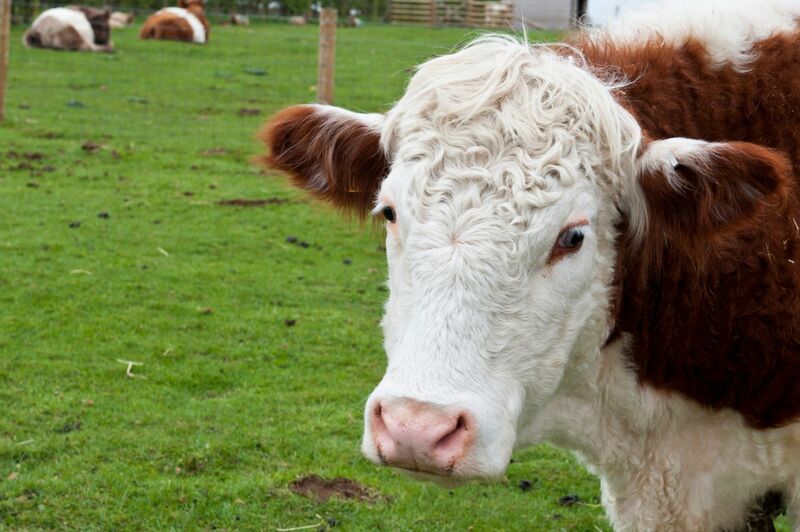
On July 3, I highlighted the price action in the animal protein sector in Q2 2023 on Barchart. When forecasting the outlook for Q3 and beyond, I wrote, “While the meat futures will experience seasonal demand pressures in July, prices could begin declining in August as the grilling season ends on the Labor Day holiday weekend in early September. However, high production costs could continue to underpin prices over the coming months.
Expect elevated prices over the coming weeks, with the potential for an off-season correction as the market anticipates the season where grills go back into storage in the fall.”
Cattle futures remain near record highs in early August 2023, and betting on a correction requires bucking a very bullish long-term trend.
The buying continues in the live cattle futures market
The rally in live cattle futures began in April 2020 when the price of the continuous futures contract dropped to 81.45 cents per pound. Live cattle futures reached the lowest level since December 2009 as the global pandemic gripped commodity markets and most asset classes.

The chart from 1970 shows the steady rally that took live cattle prices to an all-time $1.82975 per pound high in July 2023. At over the $1.80 per pound level on August 7, live cattle futures remain not far below the record peak.
Feeders continue to stampede higher
Like the live cattle, the rally in feeder cattle futures began in April 2020 when the price of the continuous futures contract dropped to $1.0395 per pound. Feeder cattle futures reached the lowest level since March 2010 as the global pandemic caused prices to fall to a multi-year low.

The continuous contract chart dating back to 1970 highlights the steep pattern of higher lows and higher highs that took the feeder cattle futures to a record $2.5130 per pound high in July 2023. September cattle futures at $2.5235 per pound were making higher highs in August 2023.
Seasonality can be a powerful force
In a few short weeks, the 2023 peak grilling season will end in early September, and barbecues across the United States will move back into storage for the fall and winter. In a typical year, cattle prices tend to fall after the grilling season as beef demand declines. While seasonality can be a powerful and bearish force in the fall and winter, live and feeder cattle futures have rallied during the past years during the on and off seasons, as the post-pandemic era has been anything but ordinary.
The case for higher prices
The rapidly declining cattle supply has pushed live and feeder cattle futures prices higher since April 2020 bottoms. Years of drought conditions and the war in Ukraine have caused feed prices to soar, increasing production costs. Pandemic-related supply chain disruptions and production cost increases prompted cattle producers to sell livestock. According to the Wall Street Journal, the number of cattle in the United States is at its lowest level in nearly a decade in mid-2023 and is set to get even more expensive. Therefore, the seasonally weak offseason for demand may follow the pattern of the past years, and prices could continue to rise.
The odds favor a sudden correction
In any commodity market, the cure for low or high prices is those low or high prices. Low prices cause production to slow while spurring consumer demand, leading to price bottoms. Conversely, high prices incentivize producers to increase output, while consumers purchase less, leading to price tops.
With live and feeder cattle futures at record highs in August 2023, the odds favor a seasonal correction over the coming months. However, the supply dynamics could soften any downward price action, given inflationary pressures and the low number of cattle in the current pipeline.
Any short positions to take advantage of seasonal weakness should have very tight stops as the rally since April 2022 continues to charge to new heights. The trend is always your best friend in markets across all asset classes, and cattle are no exception.
On the date of publication, Andrew Hecht did not have (either directly or indirectly) positions in any of the securities mentioned in this article. All information and data in this article is solely for informational purposes. For more information please view the Barchart Disclosure Policy here.






